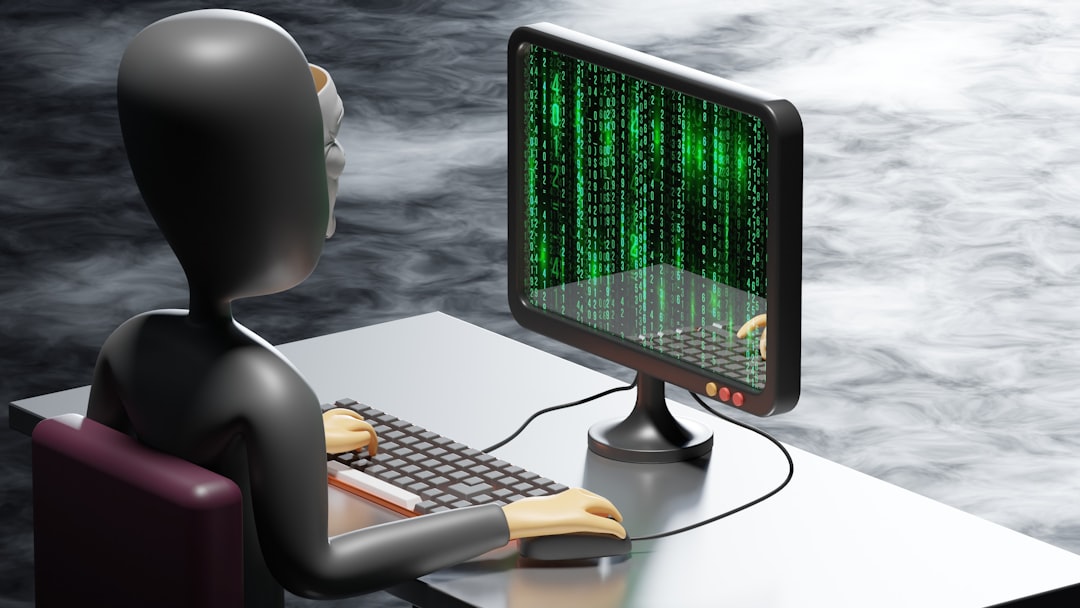Encountering the Nemesis Error Code 2006 can be frustrating, especially when you’re in the middle of an important task or gameplay session. Whether you’re a casual user or a seasoned developer, this error can disrupt workflows and diminish user experiences. Understanding what it means, why it happens, and how to fix it efficiently is essential for restoring full functionality as quickly as possible.
TL;DR
Nemesis Error Code 2006 is typically related to network integrity issues, outdated system components, or corrupted configuration files. Quick fixes include checking your internet connection, updating the Nemesis software, and clearing cache data. When regular troubleshooting doesn’t work, more advanced solutions like reinstalling the application or checking firewall settings may be required. This error is rarely malicious but should be addressed promptly to avoid recurring disruptions.
What Is Nemesis Error Code 2006?
Error Code 2006 from the Nemesis Framework—commonly used in modding environments or proprietary applications—usually signals a communication breakdown between the client and remote server or within internal system resources. It’s one of the error codes that pops up when there’s a failed handshake, an authentication timeout, or a corrupted data sequence.

Common Causes of Nemesis Error Code 2006
The root causes of this error can vary based on the environment in which Nemesis is being utilized. Below is a list of the most frequent origins:
- Network Instability: Interrupted, slow, or inconsistent internet connections can lead to timeout errors during communication with databases or servers.
- Outdated Software or Drivers: Using deprecated versions of the Nemesis software or related drivers may prevent proper execution of scripts or communication protocols.
- Firewall or Antivirus Restrictions: In some cases, security software can mistakenly block Nemesis services, interrupting essential data flow.
- Corrupted Configuration Files: If XML or JSON config files have been tampered with or partially deleted, they may generate the Error Code 2006 when called by the system.
- Concurrent Application Conflicts: Running multiple modding tools or resource-hungry applications simultaneously can overload memory and cause Nemesis to crash.
How to Diagnose the Problem
Before diving into the fixes, it’s important to verify where exactly the fault lies. To do this, follow these diagnostic steps:
- Open the Nemesis log directory and locate the most recent error log file.
- Scan for entries like
socket timeout,authentication failed, ordump file corruption. - Check system uptime and RAM usage during the time of error.
- Disable firewall/antivirus temporarily to test whether the app runs smoothly afterward.
- If using third-party mods or plugins, disable them one at a time and rerun Nemesis.
Quick Fixes for Nemesis Error Code 2006
If you’ve isolated the issue and it’s not hardware related, here are some quick and well-tested fixes:
1. Restart Nemesis & Your System
A simple restart of both the application and your computer can often resolve temporary memory issues or data mismatches that led to the error.
2. Check and Re-establish Internet Connection
Even a brief drop in connectivity can trigger a 2006 error. Make sure you’re connected to a stable network. Restarting your router or switching to Ethernet may help.
3. Update Nemesis Software
Ensure you’re using the latest version of Nemesis. Developers frequently release patches to fix exactly these types of errors.
4. Clear Cache and Temporary Files
Navigate to your Nemesis installation directory and delete temporary files in the cache or temp folders. These can become corrupted and cause operational issues.
5. Run as Administrator
Sometimes Nemesis doesn’t get the system permissions it needs to execute certain scripts. Launch it by right-clicking the icon and selecting “Run as Administrator”.
6. Check Firewall and Antivirus Rules
Go into your firewall or antivirus settings and temporarily disable them. If Nemesis works afterward, create an exception for its executable files and related services to prevent future blocks.
Advanced Solutions
If none of the simple solutions resolve your issue, you might need to dig deeper:
1. Reinstall Nemesis
Uninstall the tool entirely and clean up the remaining files in your system using a program like CCleaner. Then, reinstall the most recent stable version from the official website.
2. Restore or Replace Configuration Files
Some users find that replacing suspect configuration files with fresh defaults helps. You can download clean versions from the official forum or GitHub repository associated with Nemesis.

3. Check for System Conflicts
Use Windows Event Viewer or macOS Console to investigate possible application conflicts that could be causing Nemesis to behave unexpectedly. These may include GPU runtime crashes, memory overflow warnings, or erroneous .NET framework behavior.
Preventing Future Occurrences
Once resolved, the best course of action is to prevent it from happening again. Here’s how:
- Keep your software and drivers up-to-date.
- Regularly back up config and save files.
- Run antivirus scans without interfering with application runtime.
- Avoid running incompatible mods or additional tools alongside Nemesis.
- Monitor system health using tools like Task Manager or Performance Monitor to track excessive resource use.
When to Seek Professional Help
If you continue experiencing Error Code 2006 after trying all of the above solutions, it may be time to involve technical support. Submit a detailed support request with logs, screenshots, and a summary of attempted fixes either through:
- The official Nemesis Forum
- A dedicated bug tracker (if applicable)
- Support email or Discord server, if provided by developers
Conclusion
While Nemesis Error Code 2006 might initially seem daunting, in most cases it results from fixable issues such as network glitches or outdated files. With the diagnostic and troubleshooting steps outlined here, you should be well-equipped to identify the cause and apply an appropriate fix. Staying proactive with system updates and error reviews can go a long way in maintaining a stable, error-free experience with Nemesis.
Remember: a calm, methodical approach is always more effective than random trial-and-error. Keep this guide bookmarked for streamlined troubleshooting the next time something goes wrong.


